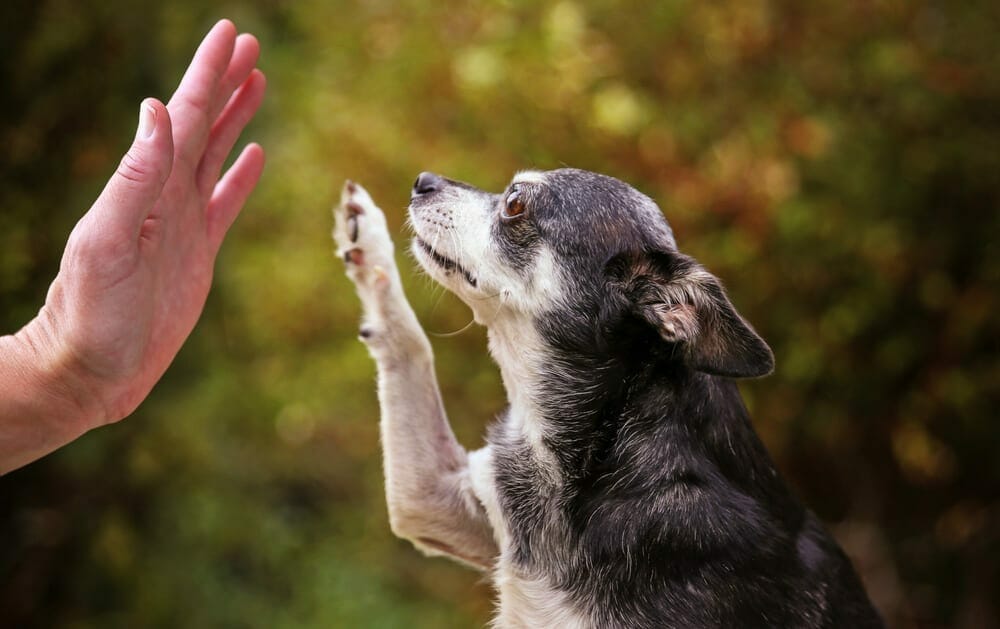Take It Easy When Exercising Your Older Dog
PIA Australia
August 2, 2017
Do you have a golden oldie and want some ideas on how to ensure they are getting enough exercise? Nadia Crighton investigates exactly how much exercise your older dog needs to stay fit and healthy.
The most important thing before you start exercising your ageing pet is to get a good check-up. Regular check-ups are vital for older dogs, remembering that they are masters at masking their pain and tenderness associated with ageing. Many owners don’t realise their dog is suffering until the cooler months when stiffness and soreness become too much to hide.
At the veterinary clinic, it is important to ask about and monitor:
- A healthy weight of your pet. Is your older pet overweight?
- Joint care. Is your pet suffering from any arthritic conditions that may prevent certain exercise?
If your pet is deemed overweight, now is the time to tackle this problem. Obese older pets can really struggle with joint care and movement. Chat with your vet about a diet change and slowly increase their activity.
Go Slow
Most older dogs will be used to exercise, but if your dog is not, it is important to go slow. Start with a short walk and gradually increase the amount of time and distance. It is very important to start off slowly to prevent causing your pet any pain and problems.
If your older dog is an old-hand at the exercise game, ensure you keep it up! One of the biggest mistakes we make as humans is to stop our older dogs from exercising because they are showing signs of ageing time. It is important to keep old joints moving and mobile. Obviously, the type and intensity of exercise may change. For instance, an older dog who previously loved jumping for a Frisbee might be more inclined to slowly trot for a ball on the ground. It’s about listening to your dog. Some older dogs will need to be helped on this ‘go slow’ process. It is not uncommon to hear of an the ageing pet who will run around like crazy only to struggle to walk the next day. If this sounds like your dog, a nice long walk on lead will keep them pain free but also mobile. As your dog’s primary caregiver, it’s important that you let them know when enough is enough. Over-doing it will only cause your pet pain.
Off-Leash?
While a nice run off-leash is good for all dogs, just remember that your older dog may become less tolerant of annoying youngsters younger dogs who insist on a good bum sniff or a persistent play session. Your older dog’s eye-sight may also not be up to scratch and can cause some slight anxiety when in busy situations. Uneven grassy areas or slippery surfaces can also cause strain, so when considering a good off-leash run, it’s important to think about these aspects and adjust your dog’s routine as needed.
To Help
Ageing dogs will really benefit from the following activities:
- Walking
- Swimming
- Walking on level surfaces
- Relaxation – Think massages and acupuncture treatments
- Firm supportive bedding
- Stick to familiar routines
- Joint supplements
- Common sense – Do not over exercise your greying companion
- Prevent your older dog from big jumps. Use a ramp or lift your dog into and out of the car.
- Regular vet check-ups

8 Comment